To do the Camino de Santiago you need to know what to take. An adventurous spirit and a willingness to sacrifice will do, but they're not everything.Comfortable shoes, a first aid kit and deodorant are all important for the journey ahead. Be careful, though. You don't want to overload yourself. You'll feel the weight from kilometer 10 onwards. Let's start by telling you what to pack for the Camino de Santiago.
Camino de Santiago: What to wear.
There's everything on the Camino de Santiago, but it's important to know what to take. From people walking barefoot to the latest sneakers from the best brand on the market. It's whatever works best, really. The footwear will support our weight for the entire route, so the choice has to be personal. For those who aren't in the habit of walking or exercising, it's normal not to know what to buy.
A nossa resposta para o que levar calçado no caminho de Santiago é: depende do tempo. Se fores nos meses secos do Verão(mesmo que chova por vezes em junho e julho na Galiza) o melhor a fazer é levares sapatilhas com uma boa e pesada sola. Já nos meses húmidos, para não ficares preso na lama, é indicado levar botas.
This is one of those cases where the expensive came out necessary. As the route to Santigo is a long one with so many different terrains, you can feel the difference between quality footwear and something cheaper. It's worth the price.
However, you have to try on your new sneakers and train for many hours before setting off on your adventure. If you're wearing new shoes, you run the risk (even more) of getting blisters on your feet. This is to be avoided.
Camino de Santiago: what to pack in your backpack.
Mathematics is everywhere and the Camino de Santiago is no different. There's a formula for knowing the ideal weight you can bring with you. Your backpack should be 10% of your weight. In other words: if you weigh 70 kilos, your backpack can only hold 7.
What seems like a lot is not. That's why it's important to know what to pack so you don't have too much. In the past, pilgrims walked the route with only what they had on their bodies. But there's no need to go to extremes. Let's stick to the essentials:
1. backpack
Firstly, the backpack itself should weigh no more than 1 kilo. Secondly, it should have room for at least 35 liters. 40 at the most. It fits everything you need. Get a backpack with a rigid frame and waist straps to distribute the weight across your shoulders and waist.
2. Sleeping bag
It's indispensable. Although some hostels offer sheets, not all do. What's more, the nights can be cold, even in summer. It's therefore best to take a slightly heavier sleeping bag in winter and a lighter one from May onwards. You have to play with this information and the weight you can/should carry in your backpack.
3. Clothing
You don't need more than two changes of clothes (three maximum). There are washing machines in almost every hostel - for a fee - and you can always wash by hand and leave them to dry for the next day. Taking blue and white soap is a good idea. The idea is to always have a change for the next day until you reach Santiago de Compostela.
Come rain or shine, it's always a good idea to take a waterproof jacket for the trip. The weather is treacherous and it's better to be safe. O hat is important to avoid sunstroke and to protect yourself from the sun. To avoid athlete's foot, it's best to wear flip-flops in the shower. And after a whole day's walking, they're like little clouds on your feet.
4. Hygiene and first aid
Toothbrush and toothpaste, those space-saving 3-in-1 shower gels and sunscreen. Try to put everything in a small case so it doesn't take up too much space. In another small bag, keep basic first aid. There's nothing better for blistered feet than compeed. It's like a second skin and protects against pain. In case of emergency, call 112.
5. Food and drink
Don't take too much. When you have more eyes than strength, fruit weighs more than you'd expect. Something to eat halfway through the walk and plenty of water. There are stores along the way where you can replenish your strength. There's no need to go loaded.
6. Documentation:
These are some of the important documents for doing the Camino de Santiago without any bureaucratic worries.
Citizen Card/Passport.
As with every trip we make, it's important to have identification in case something happens. Some hostels even ask for identification, so they won't let just anyone stay overnight in their rooms.
Pilgrim's pass.
The certificate that gives you access to the benefits of the Camino de Santiago. For example, access to public hostels, pilgrim menus and, at the end of the day, you'll receive an official document showing the kilometers you've traveled. To get the diploma you only need 2 stamps a day. Don't worry, churches, cafés and hostels all have a stamp for you. The credential can be bought in places like the Porto Cathedral or in the many public hostels in the cities.
European health insurance card.
If you live in the European Union, you are entitled to this insurance. If anything happens - and let's hope it doesn't - you can go to any hospital and present this card. You pay the same as you would in your home country. Without it, the differences can be substantial.
ATM card.
Money is in our midst and the Camino de Santiago is no exception. Carry some cash (not too much) and your card well hidden. You'll pass through many towns and therefore many ATMs.
Camino de Santiago: How to prepare for the rest of the journey.
Now it's time to pack your backpack and get going. On our website there are descriptions of the stages of the Portuguese Central Way, with detailed information so you don't get lost and personalized maps by those who have already walked the route.
Come and discover the starting point for a good journey!
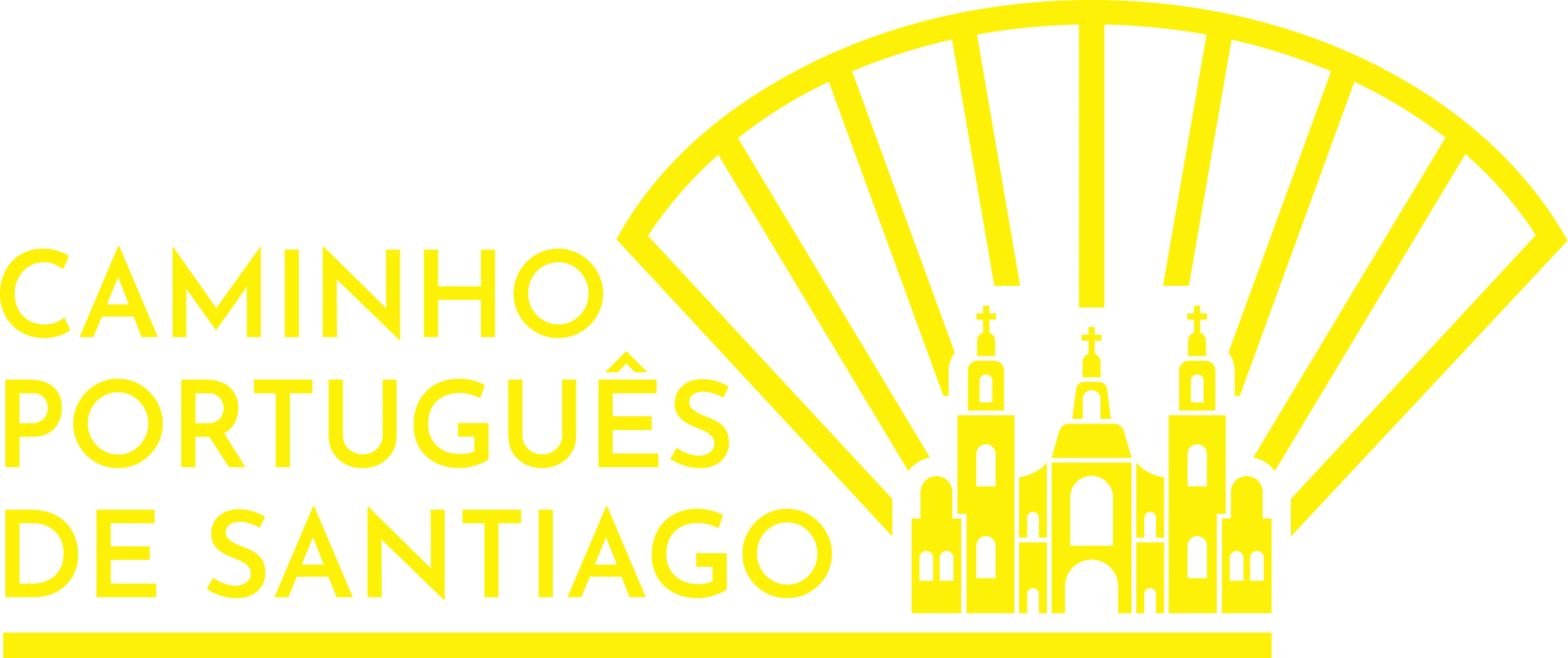








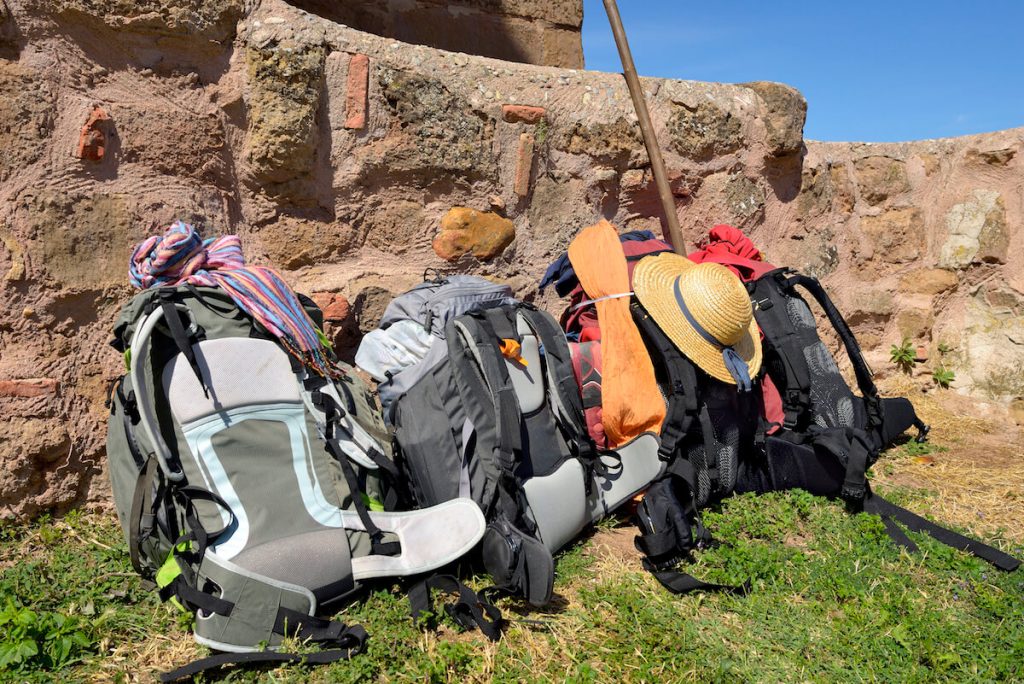
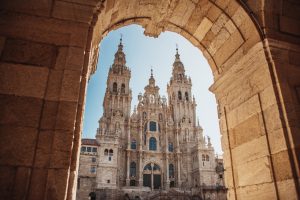
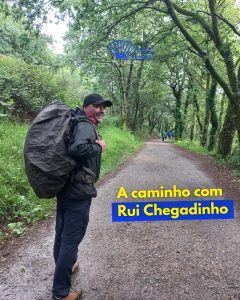
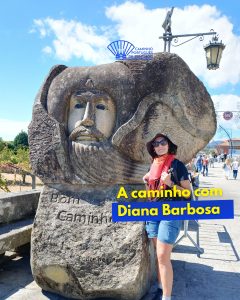
Information about the pilgrimage.
Month of September
Hi Olivia, when are you going to do the route? And where are you leaving from?
I'm also doing the route in September 22...
Good information, I'd like more details.
Hi, I'm traveling from Valencia with a 22 year old baby.
Months stroller? Or backpack? We're doing the route in October and haven't yet decided how to transport the little one.